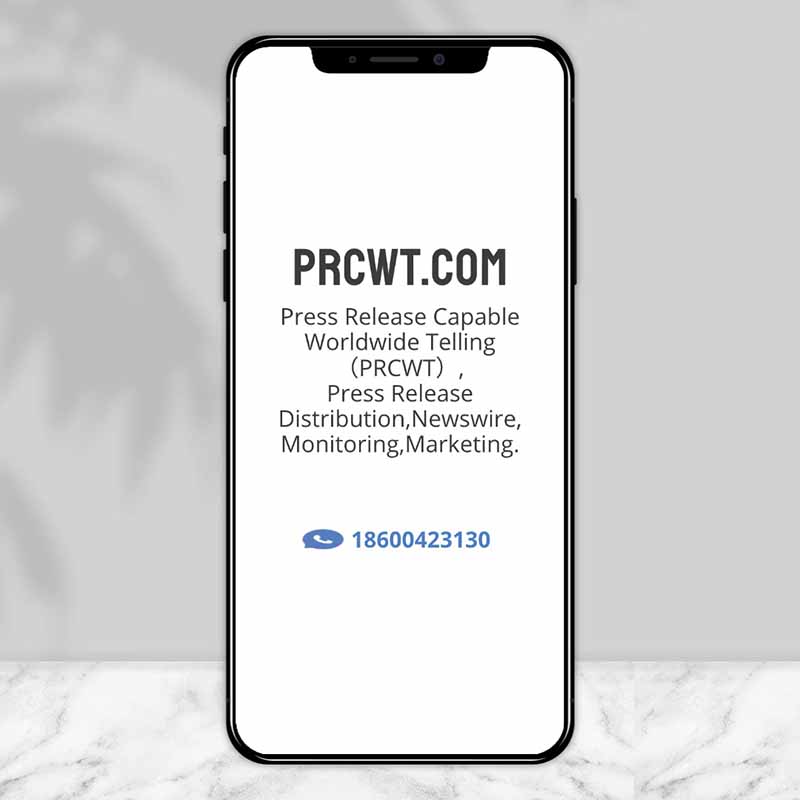In today's digital age, media distribution has become a crucial aspect of brand marketing. It is the process by which content is delivered to the right audience at the right time. With the increasing popularity of social media and the internet, brands have more channels than ever to reach their target customers. However, with so many options available, it can be challenging to determine the most effective way to distribute media. In this article, we will explore the latest industry data and trends in media distribution and how brands can leverage this to their advantage.
According to a recent report by eMarketer, global digital advertising spending is expected to reach $524.4 billion in 2023, up 13.3% from 2022. This growth is being driven by the increasing popularity of social media, video advertising, and mobile advertising. As more and more consumers are spending time on their mobile devices, brands need to ensure that their media is optimized for mobile viewing. This includes creating mobile-friendly websites, optimizing videos for mobile, and using mobile advertising platforms such as Facebook and Instagram.
Another important trend in media distribution is the rise of influencer marketing. Influencers are individuals who have a large following on social media and can influence the purchasing decisions of their followers. Brands are increasingly partnering with influencers to promote their products and services. According to a survey by Influencer Marketing Hub, 71% of marketers believe that influencer marketing is an effective way to reach their target audience. However, it is important to note that not all influencers are created equal. Brands need to carefully select influencers who have a relevant audience and a good reputation.
In addition to social media and influencer marketing, brands can also use traditional media channels such as TV, radio, and print to distribute their media. However, it is important to note that traditional media channels are facing challenges such as declining viewership and readership. To be successful in traditional media, brands need to have a unique and engaging message that stands out from the competition.

One of the key challenges in media distribution is measuring the effectiveness of campaigns. With so many channels and metrics available, it can be challenging to determine which channels are delivering the best results. To overcome this challenge, brands need to use a combination of metrics such as clicks, views, conversions, and engagement to measure the effectiveness of their campaigns. They also need to conduct A/B testing to determine which messaging and creative elements are resonating with their audience.
In conclusion, media distribution is a critical aspect of brand marketing in the digital age. By leveraging the latest industry data and trends, brands can determine the most effective way to distribute their media and reach their target customers. Whether it is through social media, influencer marketing, traditional media, or a combination of channels, brands need to have a clear strategy and a unique and engaging message to stand out from the competition.